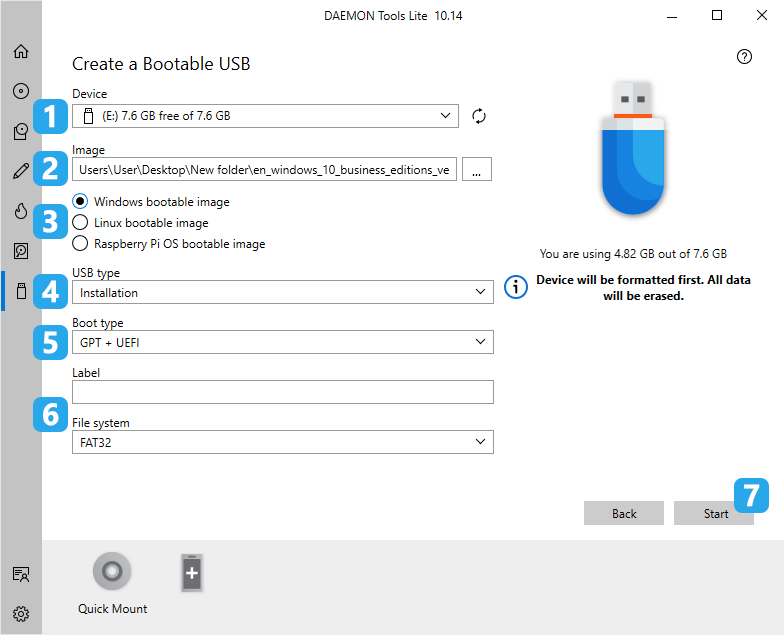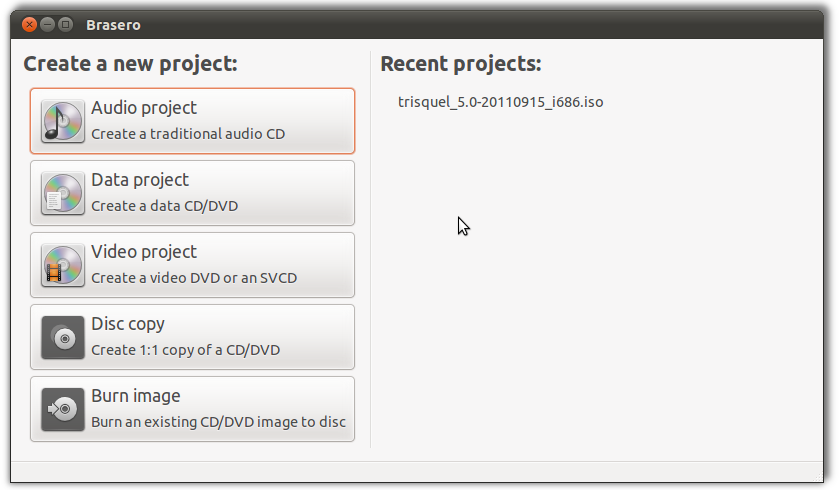
- Burn niresh dmg to usb how to#
- Burn niresh dmg to usb mac os x#
- Burn niresh dmg to usb mac os#
- Burn niresh dmg to usb install#
- Burn niresh dmg to usb full#
Burn niresh dmg to usb full#
Read Catalina Hackintosh Guide for full details about installation process.
Burn niresh dmg to usb mac os#
The /dev/disk1 is a virtual disk created because of the partition encryption ( FileVault 2) I enabled in Mac OS X. This appears to show 3 physical discs but it does not. Depending on your system configuration your output might look different from this one. The goal is to identify the USB stick in this output. You will see a list of disks and partitions. Open a terminal and execute the following command: $ diskutil list To do this we need to know the device name of the USB stick. To prepare the USb stick we are going to delete all the partitions on the stick and create an empty partition. Prepare the USB stickĬheck your USB stick and make a backup if there is any important data on it, as the next steps are going to delete everything on it. This is not a problem as the file extension won’t affect the format of the image. This is because the hdiutil program automatically adds the dmg file extension. You will notice that the destination_file.img from the command will create the file destination_ really.

hdiutil convert -format UDRW -o destination_file.img source_file.iso The following command will convert the ISO image to the UDRW format.
Burn niresh dmg to usb mac os x#
Mac OS X provides all the tools needed to convert the ISO image to UDRW. Some of the steps to create a bootable USB stick could be done in the GUI as well, but as some of them can’t and you have to go to the shell anyway, I decided to do all of the steps in the shell. We first need to convert the image from an ISO to a UDRW (Read/Write Universal Disk Image Format) which we can copy to the USB stick. This image format is sadly not directly usable to copy onto the USB stick.

It includes all the files necessary to boot your PC/server. The ISO file you have downloaded contains an image of the entire media.
Burn niresh dmg to usb how to#
In this post I’ll assume you have already downloaded the bootable ISO image for the OS of your choice, but how to get the ISO image onto the USB stick? In fact, it can even work out cheaper than burning a CD or DVD that you just throw away once the version is outdated.įor most Linux distributions the ISO for burning a CD/DVD is available freely on the internet.
Burn niresh dmg to usb install#
To install the OS of your choice, USB sticks provide you the easiest possibility. More and more PCs (and servers) are delivered by default without a CD/DVD drive. Booting from a USB stick is nowadays more and more important.


 0 kommentar(er)
0 kommentar(er)
